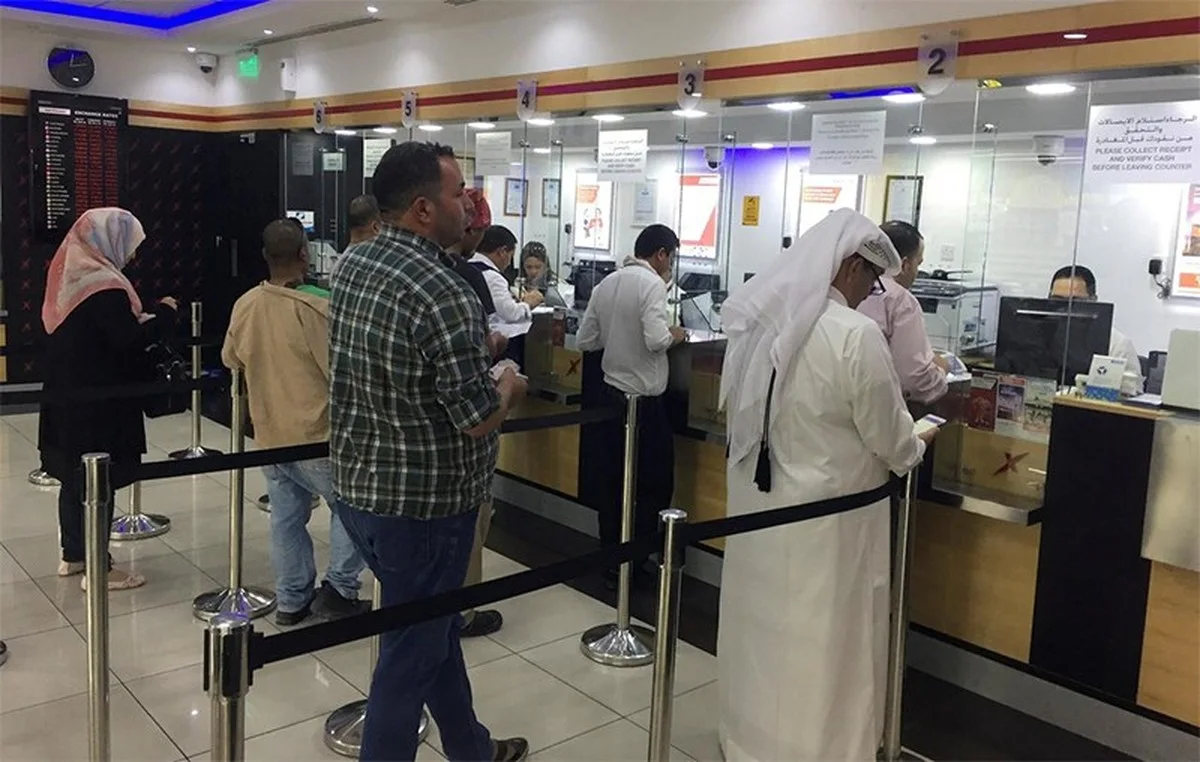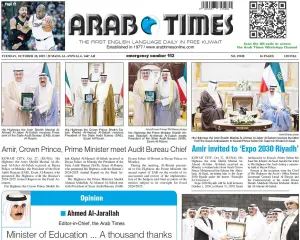28/10/2025
28/10/2025

KUWAIT CITY, Oct 28: Expatriate workers’ remittances from Kuwait recorded a significant surge during the first half of 2025, reaching KWD 2.541 billion, compared to KWD 2.053 billion in the same period of 2024 — an increase of KWD 487.5 million, or 23.7% growth.
This strong performance underscores the continued stability and resilience of Kuwait’s labor market, supported by improved economic conditions, rising investment levels, and increased government spending. The Kuwaiti dinar’s steady purchasing power against major international currencies also played a key role, enhancing expatriate workers’ ability to save and transfer higher amounts abroad.
Record-Breaking First Quarter
The first quarter of 2025 witnessed a remarkable jump in outward remittances, which climbed to KWD 1.21 billion, compared to KWD 924.2 million in the first quarter of 2024 — marking a 31.2% increase, the highest quarterly growth in five years.
This momentum continued into the second quarter, when remittances totaled KWD 1.32 billion, up from KWD 1.12 billion in the same quarter of the previous year, reflecting a 17.6% increase. The consistent growth across both quarters indicates a period of sustained financial liquidity and improved income levels among a large segment of expatriate residents.
Economic Factors Driving Growth
The rise in remittances mirrors Kuwait’s expanding economic environment, buoyed by steady oil prices, higher capital expenditure, and ongoing infrastructure and energy projects. These developments have increased the demand for skilled and unskilled foreign labor, particularly in construction, logistics, and services, resulting in higher earnings for expatriate workers.
The stability of the domestic labor market and the purchasing power of the Kuwaiti dinar further amplified this growth. The strength of the local currency allows expatriates to remit larger amounts without incurring additional costs, particularly when compared with currencies in other Gulf Cooperation Council (GCC) countries.
External Influences and Regional Impact
Economic improvements in many expatriate workers’ home countries — especially in South and Southeast Asia — have also contributed to the increase. As local currencies in countries such as India, the Philippines, Bangladesh, and Pakistan begin to recover, the Kuwaiti dinar has become even more attractive in real terms.
This dynamic has encouraged many workers to boost their savings and remittances, taking advantage of the favorable exchange rate and the relative stability of both the Kuwaiti and their home economies.
A Reflection of Kuwait’s Stable Labor Market
These figures reaffirm Kuwait’s position as one of the most stable and reliable labor markets in the Gulf region, where expatriate workers perceive the economy as secure, rewarding, and conducive to savings.
Worker remittances serve as an indirect but important indicator of economic vitality, employment stability, and household financial balance among expatriate families. The volume of remittances often reflects broader trends in wage levels, job security, and consumer confidence.
Policy Implications
From a macroeconomic perspective, “worker remittances” form a major component of net secondary income in Kuwait’s balance of payments. While the growth in remittances highlights a healthy labor market and robust employment levels, it also underscores a policy challenge: a significant portion of income earned domestically continues to flow abroad.
This dynamic raises questions for policymakers about how to retain more economic value within Kuwait, by encouraging greater domestic spending, savings, and investment participation among residents.
Balancing the benefits of a strong expatriate workforce with strategies to enhance their contribution to Kuwait’s internal economic cycle remains a key objective for the coming period.


